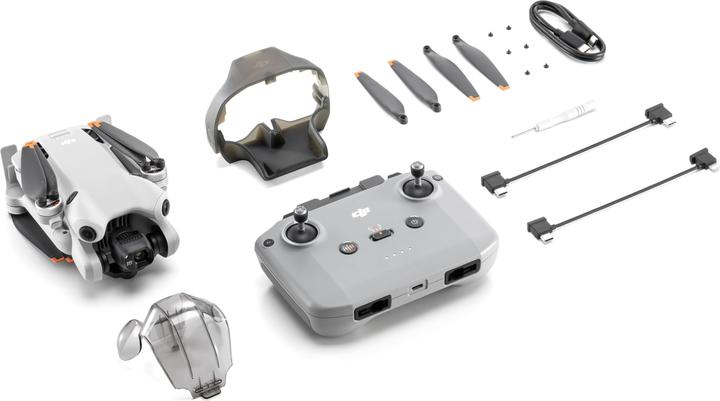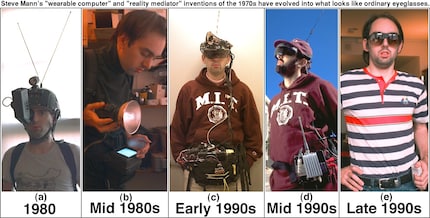

Five cyborgs that will shake up your vision of normality
Cyborgs are turning our vision of the human body on its head. Where does the robot end and the machine begin? Who is behind these technologies? What motivates people to become cyborgs?
Colour-blind, "Mister Wearable" or amputees: humans have various reasons for becoming cyborgs. Here, I introduce you to some important representatives of the cyborgisation of society.
On the same theme: [[marketingpage:6943]] [[marketingpage:7191]]
Neil Harbisson
You've already met Neil Harbisson in one of the articles above. He sees the world in greyscale. And thanks to the Eyeborg, he can hear colours. A sensor detects colour and sends it to a chip, which converts the frequency of the colour into an audible frequency and sends it to headphones.
Harbisson is unofficially recognised as a cyborg. On his passport, he can be seen equipped with the "Eyeborg", even though any technical device is normally forbidden on identity photos in Great Britain. After a long battle, however, Neil Harbisson managed to convince the British authorities that the Eyeborg is part of his body.
Kevin Warwick
The Professor of Cybernetics at Reading University implanted himself with an RFID chip in 1998. He could then turn the lights on and off by snapping his fingers. His wife also had a chip implanted, and Kevin Warwick could feel it when she touched someone. He founded "Project Cyborg".
However, for him these extensions are more like amusing gadgets. Professor Warwick is convinced that we can improve humans with artificial extensions. He fears a "Terminator"-like scenario, in which machines take over. In his view, only these artificial extensions would enable us to withstand such a scenario and at least be on an equal footing with the machines.
Nigel Ackland
Nigel Ackland was a foundryman when he had an accident with an industrial mixer. He lost most of his forearm in the accident and now wears a prosthesis.
After several bad experiences with conventional prostheses, Nigel Ackland was the first to receive the bebionic3. One of the most advanced prostheses available today, it enables amputees to perform everyday tasks again. Grip strength is adjustable, enabling them to hold an egg or carry loads of up to 45kg.
Steve Mann
Steve Mann is known as "Mister Wearable". Back in the 70s, he started experimenting with wearable technology. Here's what it looked like back then:
These technologies have changed radically today:
Goggles have not only changed shape, but have also gained many features. Some pairs are equipped with radar, while others show the thermal image. The latest models are directly connected to his brain. And to think that Google thought it had a brilliant invention with its Google Glass...
Nigel Mann was probably the victim of the first attack on a cyborg in 2012 when McDonald's employees tried to rip off his glasses, fearing they would be filmed. As her glasses are partly connected to her body, it's not so easy to remove them.
Stelarc
Stelarc is a performance artist with a particular interest in the relationship between man and machine. The Cypriot by birth doesn't see the cyborg as a body, but rather as a system: an infinity of bodies, which are linked to each other via the internet.
Sterlac is best known for his third ear, which he had transplanted onto his left forearm. He also wants to implant a microphone there so the world can always hear where he is and what he's doing. Goodbye privacy! At least he's going all the way with his vision of the cyborg.
Have I missed a cyborg? Feel free to say so in the comments!
From big data to big brother, Cyborgs to Sci-Fi. All aspects of technology and society fascinate me.
From the latest iPhone to the return of 80s fashion. The editorial team will help you make sense of it all.
Show all